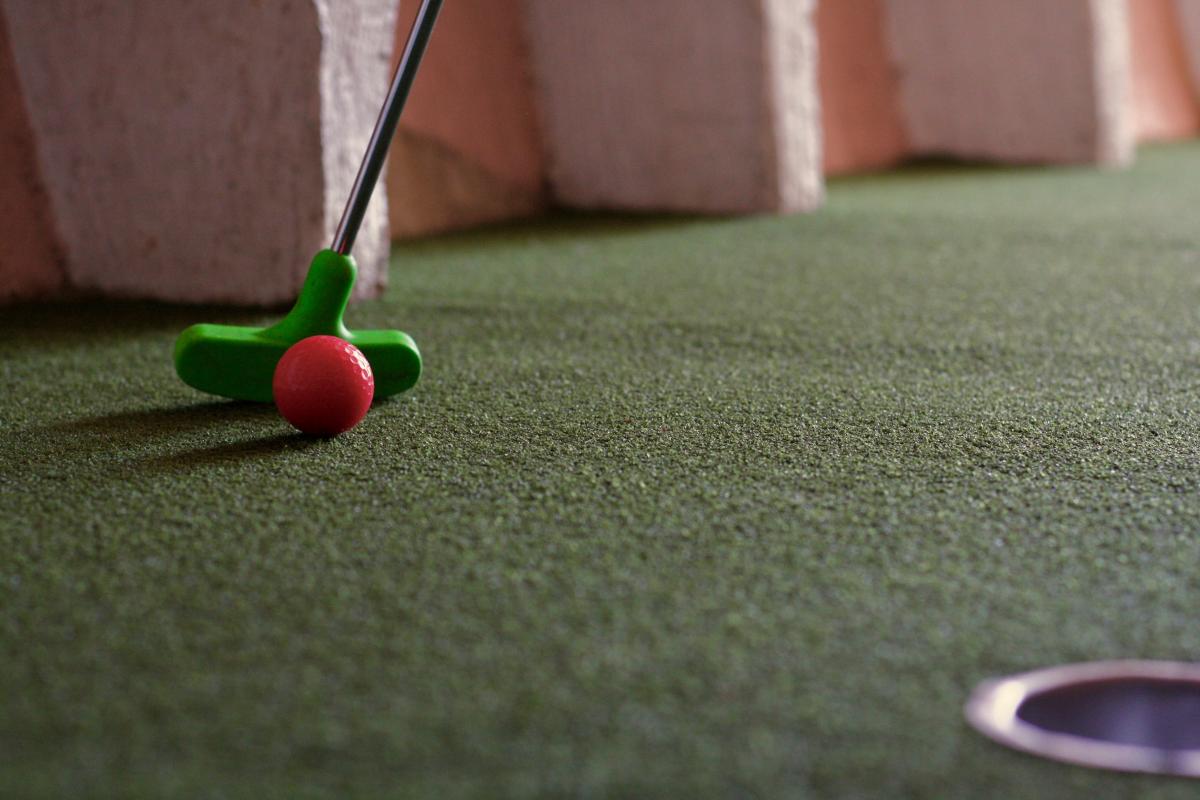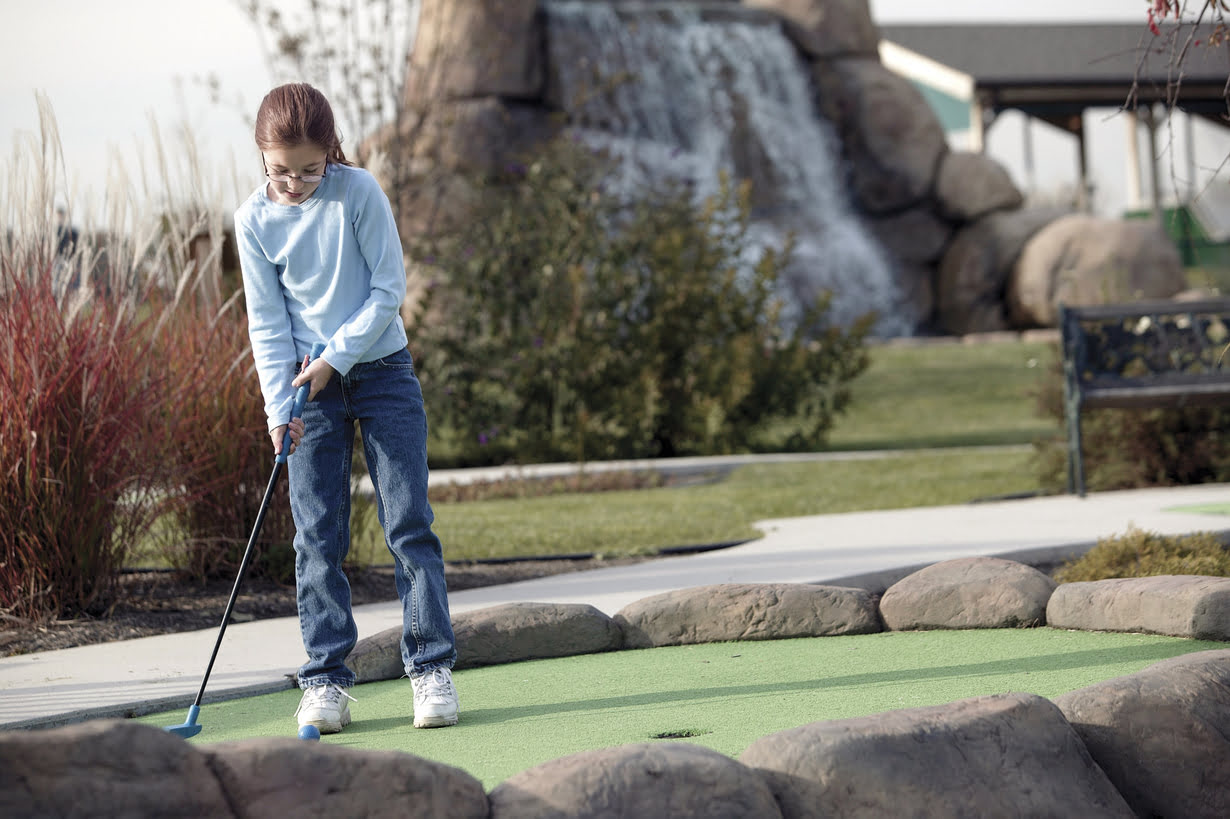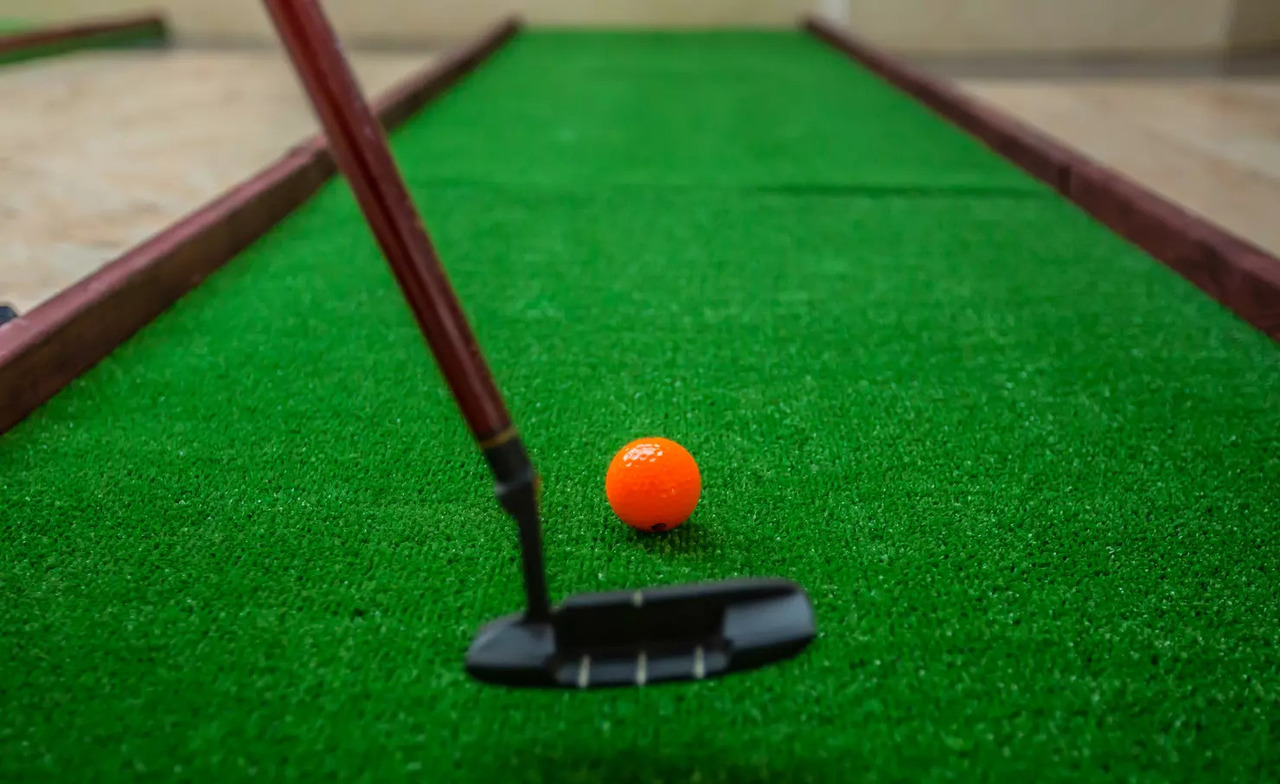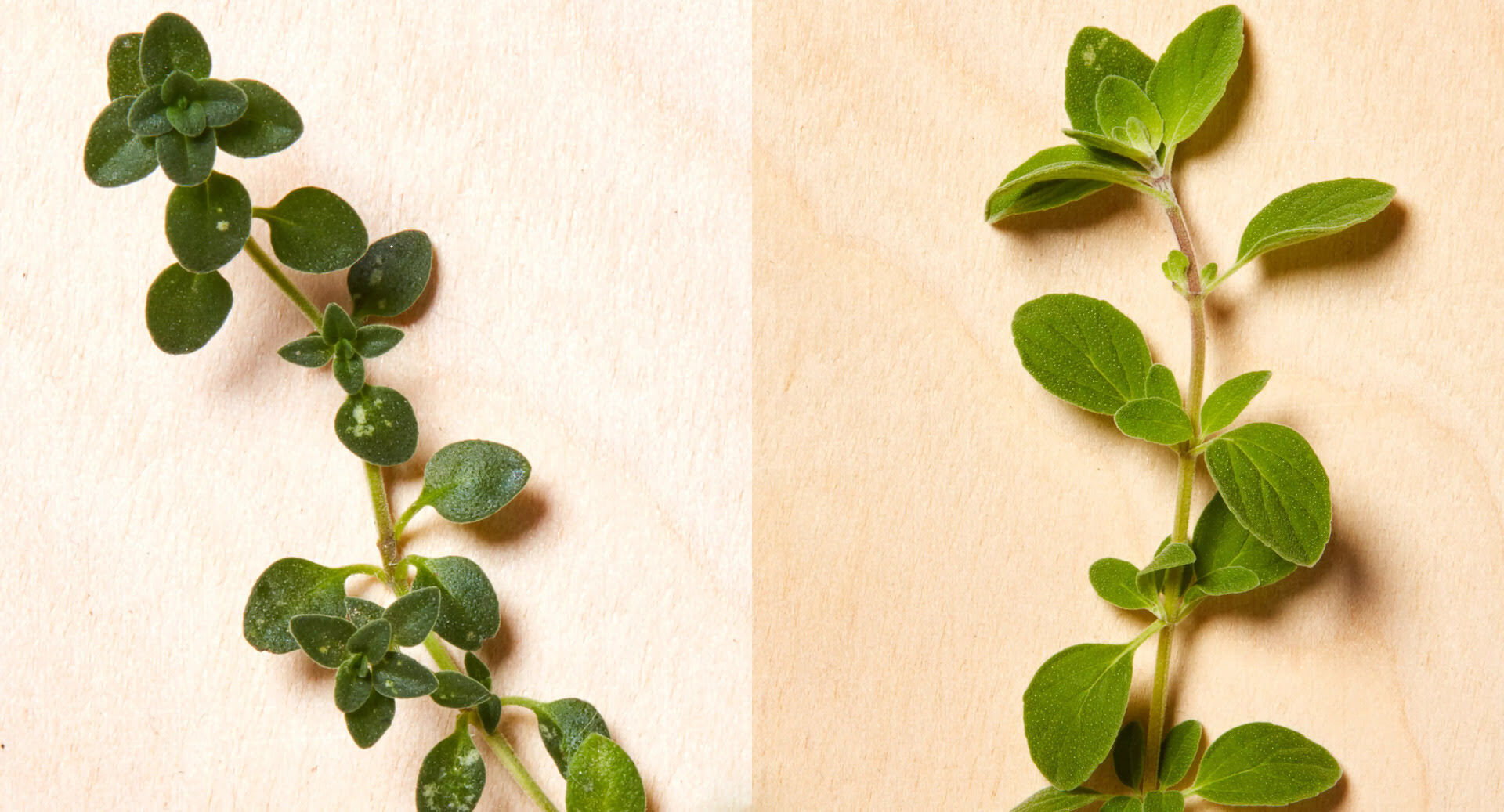Home>Gardening & Outdoor>Outdoor Recreation & Activities>What Is The Difference Between Putt Putt And Mini Golf


Outdoor Recreation & Activities
What Is The Difference Between Putt Putt And Mini Golf
Published: January 20, 2024
Discover the distinctions between putt-putt and mini golf in this comprehensive guide to outdoor recreation and activities. Explore the nuances and find your next adventure!
(Many of the links in this article redirect to a specific reviewed product. Your purchase of these products through affiliate links helps to generate commission for Storables.com, at no extra cost. Learn more)
Introduction
When it comes to leisurely outdoor activities, few can rival the timeless appeal of miniature golf. The lighthearted competition, the whimsical courses, and the joy of sinking that elusive hole-in-one all contribute to the enduring popularity of this beloved pastime. However, within the realm of miniature golf, there exists a subtle yet distinct difference between two prominent variations: Putt Putt and Mini Golf.
While the terms are often used interchangeably, there are subtle nuances that set Putt Putt and Mini Golf apart. Understanding these distinctions can add a new layer of appreciation to the game and help enthusiasts navigate the diverse array of courses available. In this article, we will delve into the history, course design, equipment, skill level, popularity, and more to shed light on the unique characteristics of Putt Putt and Mini Golf. Whether you are a seasoned player or a curious newcomer, join us on a journey to uncover the delightful disparities between these two delightful pastimes.
Key Takeaways:
- Putt Putt and Mini Golf offer unique experiences with distinct course designs and challenges, catering to players of all skill levels and preferences, making them timeless and cherished leisure activities.
- Both Putt Putt and Mini Golf have widespread popularity and accessibility, providing inclusive and entertaining experiences for players of all ages, whether on physical courses or through digital adaptations.
History of Putt Putt and Mini Golf
The origins of miniature golf can be traced back to the late 19th century, when it emerged as a scaled-down version of traditional golf. Its precursor, known as “garden golf” or “golfstacle,” featured simple putting courses set amidst scenic gardens and landscapes. However, it was in the early 20th century that miniature golf truly captured the public’s imagination, evolving into the beloved pastime we know today.
Mini Golf, as the name suggests, encompasses a wide range of miniature golf courses, each with its own unique themes and challenges. These courses gained widespread popularity in the 1920s and 1930s, offering accessible and entertaining recreation during a time of economic hardship and social change. The whimsical designs and imaginative obstacles of Mini Golf courses appealed to people of all ages, making it a beloved activity for families and friends.
On the other hand, Putt Putt, a term trademarked by the Putt-Putt brand, has a more specific origin. It was created in 1954 by Don Clayton in Fayetteville, North Carolina. The Putt-Putt brand standardized the game with their own unique style of courses, featuring obstacles such as windmills, ramps, and tunnels. This distinct approach to miniature golf gained rapid popularity, leading to the establishment of numerous Putt-Putt courses across the United States and beyond.
While Mini Golf and Putt Putt share a common lineage, the former encompasses a broader spectrum of courses with diverse themes and designs, while the latter is characterized by the trademarked style and obstacles associated with the Putt-Putt brand. Both variations have continued to evolve over the years, captivating players with their imaginative courses and providing endless hours of lighthearted fun.
Course Design and Layout
One of the most captivating aspects of both Putt Putt and Mini Golf is the creative and often whimsical design of their courses. Mini Golf courses are renowned for their diverse themes, which can range from tropical landscapes and pirate adventures to fantastical settings with dragons and castles. These imaginative themes are brought to life through meticulously crafted obstacles, including tunnels, bridges, water features, and other interactive elements that add an element of adventure to the game.
Conversely, Putt Putt courses, inspired by the trademarked style of the Putt-Putt brand, feature a more standardized layout characterized by a series of challenging and iconic obstacles. These may include the classic windmill, loop-de-loops, ramps, and other signature elements that have become synonymous with the Putt-Putt experience. The courses are designed to test players’ putting skills while incorporating entertaining and sometimes unpredictable elements that add an extra layer of excitement to the game.
While both Putt Putt and Mini Golf courses share the common goal of providing an enjoyable and engaging experience, their design and layout reflect the distinct approaches embraced by each variation. Mini Golf courses invite players into immersive and fantastical worlds, where each hole tells a unique story and presents new challenges. In contrast, Putt Putt courses offer a consistent yet thrilling set of obstacles that have become iconic symbols of the Putt-Putt experience.
Ultimately, whether navigating the imaginative landscapes of a Mini Golf course or mastering the signature challenges of a Putt Putt course, players are treated to a delightful blend of creativity and skill that makes each round a memorable and entertaining adventure.
Equipment and Rules
When it comes to equipment, both Putt Putt and Mini Golf share a common foundation. Players are equipped with a putter, a specialized club designed for precise putting strokes, and a golf ball. The putter is essential for navigating the intricate obstacles and varying terrains found on both types of courses, while the golf ball, often adorned with vibrant colors and unique designs, adds a touch of personality to each player’s game.
As for the rules, both Putt Putt and Mini Golf adhere to similar principles. The objective is to complete each hole in as few strokes as possible, with the ultimate goal of achieving a hole-in-one, or “ace,” for the most skilled and fortunate players. While the basic rules remain consistent, individual courses may introduce their own specific guidelines and challenges to add depth and excitement to the game.
However, one notable distinction lies in the approach to scoring. In traditional Mini Golf, players typically tally their scores based on the number of strokes taken to complete each hole, with lower scores indicating superior performance. On the other hand, Putt Putt often employs a unique scoring system, where players aim to achieve a set number of strokes to earn a “par” score for each hole. This approach adds an extra layer of strategy and precision to the Putt Putt experience, as players strive to match or exceed the designated par for each hole.
Whether navigating the imaginative landscapes of a Mini Golf course or mastering the signature challenges of a Putt Putt course, players are treated to a delightful blend of creativity and skill that makes each round a memorable and entertaining adventure. The shared equipment and fundamental rules of both variations ensure that players can seamlessly transition between Putt Putt and Mini Golf courses, enjoying the unique charm and challenges offered by each.
Putt putt and mini golf are often used interchangeably, but putt putt typically refers to a specific type of mini golf course that focuses on short, challenging holes with obstacles, while mini golf can refer to a wider variety of courses with different themes and designs.
Skill Level and Difficulty
When it comes to skill level and difficulty, both Putt Putt and Mini Golf offer challenges that cater to a wide range of players, from casual enthusiasts to seasoned competitors. Mini Golf courses, with their diverse themes and imaginative obstacles, often present a mix of straightforward holes and more intricate challenges. This variety allows players of all ages and skill levels to enjoy the game, making it an ideal option for families and groups seeking lighthearted entertainment.
Conversely, Putt Putt courses, characterized by the trademarked obstacles and standardized layout associated with the Putt-Putt brand, offer a more consistent level of difficulty across each hole. The signature challenges, such as the classic windmill and loop-de-loops, require a blend of precision and strategy, providing a satisfying test of putting skills for players seeking a more focused and competitive experience.
While both Putt Putt and Mini Golf share the common goal of providing an enjoyable and engaging experience, their approach to skill level and difficulty reflects the distinct nature of each variation. Mini Golf embraces accessibility and inclusivity, inviting players of all backgrounds to partake in the whimsical and imaginative world of miniature golf. In contrast, Putt Putt offers a more structured and skill-focused experience, appealing to players who seek a consistent level of challenge and a platform to showcase their putting prowess.
Ultimately, whether navigating the imaginative landscapes of a Mini Golf course or mastering the signature challenges of a Putt Putt course, players are treated to a delightful blend of creativity and skill that makes each round a memorable and entertaining adventure. The varying levels of difficulty ensure that both casual players and dedicated enthusiasts can find fulfillment and enjoyment in the unique charms of Putt Putt and Mini Golf.
Read more: What Age Is Appropriate For Mini Golf
Popularity and Accessibility
Putt Putt and Mini Golf have both earned widespread popularity and accessibility, captivating players of all ages and backgrounds with their unique charms and entertaining gameplay. Mini Golf, with its diverse themes and imaginative obstacles, has become a beloved leisure activity at resorts, amusement parks, and family entertainment centers around the world. The accessibility of Mini Golf courses makes it a popular choice for families, groups of friends, and even couples seeking a fun and lighthearted outing.
Similarly, Putt Putt has carved out its own niche in the world of miniature golf, with the trademarked style and obstacles associated with the Putt-Putt brand attracting a dedicated following of enthusiasts. Putt Putt courses can be found in dedicated Putt-Putt facilities as well as entertainment complexes, offering players a consistent and engaging experience that has contributed to its enduring popularity.
Both Putt Putt and Mini Golf provide accessible and enjoyable entertainment for players of all skill levels, making them ideal choices for casual outings, birthday parties, corporate events, and other social gatherings. The inclusive nature of these activities ensures that everyone, from children to seniors, can partake in the delightful and entertaining world of miniature golf.
Moreover, the accessibility of Putt Putt and Mini Golf extends beyond physical courses, with virtual and mobile versions of the game allowing enthusiasts to enjoy the thrill of miniature golf from the comfort of their homes. These digital adaptations have further expanded the reach and appeal of Putt Putt and Mini Golf, introducing the beloved pastime to new generations of players and reinforcing its status as a timeless and cherished leisure activity.
Whether navigating the imaginative landscapes of a Mini Golf course or mastering the signature challenges of a Putt Putt course, players are treated to a delightful blend of creativity and skill that makes each round a memorable and entertaining adventure. The widespread popularity and accessibility of Putt Putt and Mini Golf ensure that the joy of miniature golf can be experienced and cherished by individuals and communities across the globe.
Conclusion
Putt Putt and Mini Golf, while sharing a common lineage and the fundamental joy of miniature golf, each offer a unique and captivating experience that has endeared them to players around the world. The rich history and evolution of these variations have contributed to their enduring popularity, providing a delightful blend of creativity, skill, and lighthearted competition for enthusiasts of all ages.
From the diverse themes and imaginative obstacles of Mini Golf courses to the signature challenges and standardized layout of Putt Putt facilities, players are treated to a delightful array of experiences that cater to a wide range of preferences and skill levels. Whether seeking a casual and inclusive outing with family and friends or a more focused and competitive test of putting prowess, both Putt Putt and Mini Golf offer an inviting and entertaining platform for players to immerse themselves in the world of miniature golf.
The accessibility and widespread appeal of Putt Putt and Mini Golf ensure that the joy of miniature golf can be experienced and cherished by individuals and communities across the globe. Whether on physical courses or through digital adaptations, the enduring charm and engaging gameplay of miniature golf continue to captivate players, fostering cherished memories and lighthearted moments of camaraderie.
As enthusiasts and newcomers alike continue to embrace the delightful disparities between Putt Putt and Mini Golf, one thing remains certain: the enduring allure of miniature golf will continue to unite players in the shared delight of sinking that elusive hole-in-one and reveling in the timeless joy of this beloved pastime.
Frequently Asked Questions about What Is The Difference Between Putt Putt And Mini Golf
Was this page helpful?
At Storables.com, we guarantee accurate and reliable information. Our content, validated by Expert Board Contributors, is crafted following stringent Editorial Policies. We're committed to providing you with well-researched, expert-backed insights for all your informational needs.















0 thoughts on “What Is The Difference Between Putt Putt And Mini Golf”